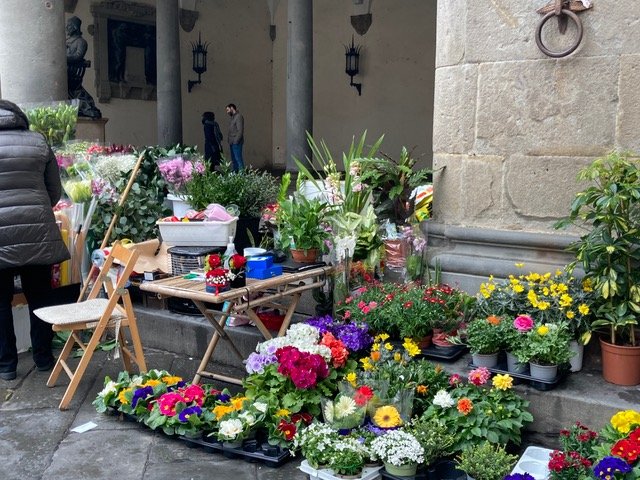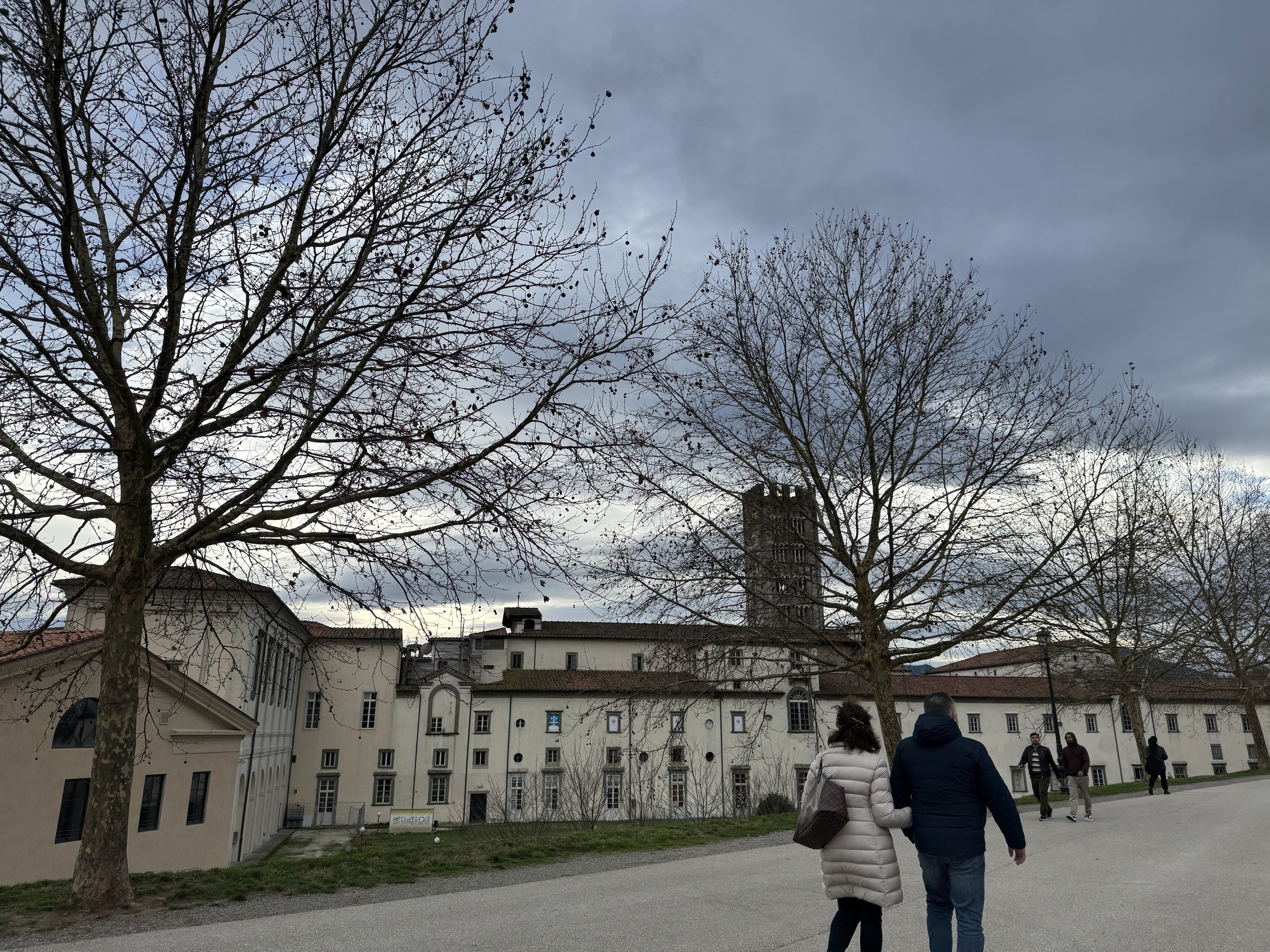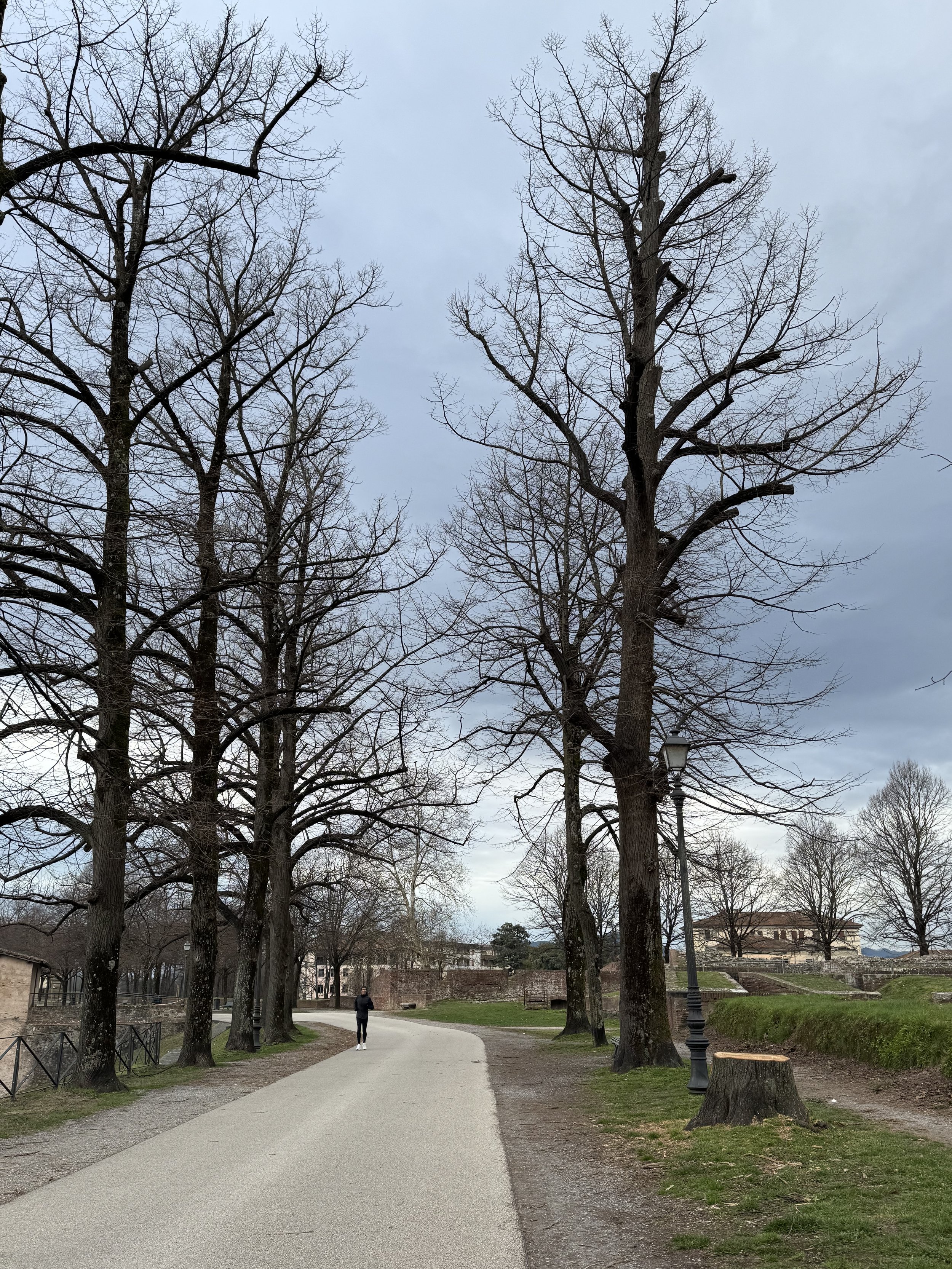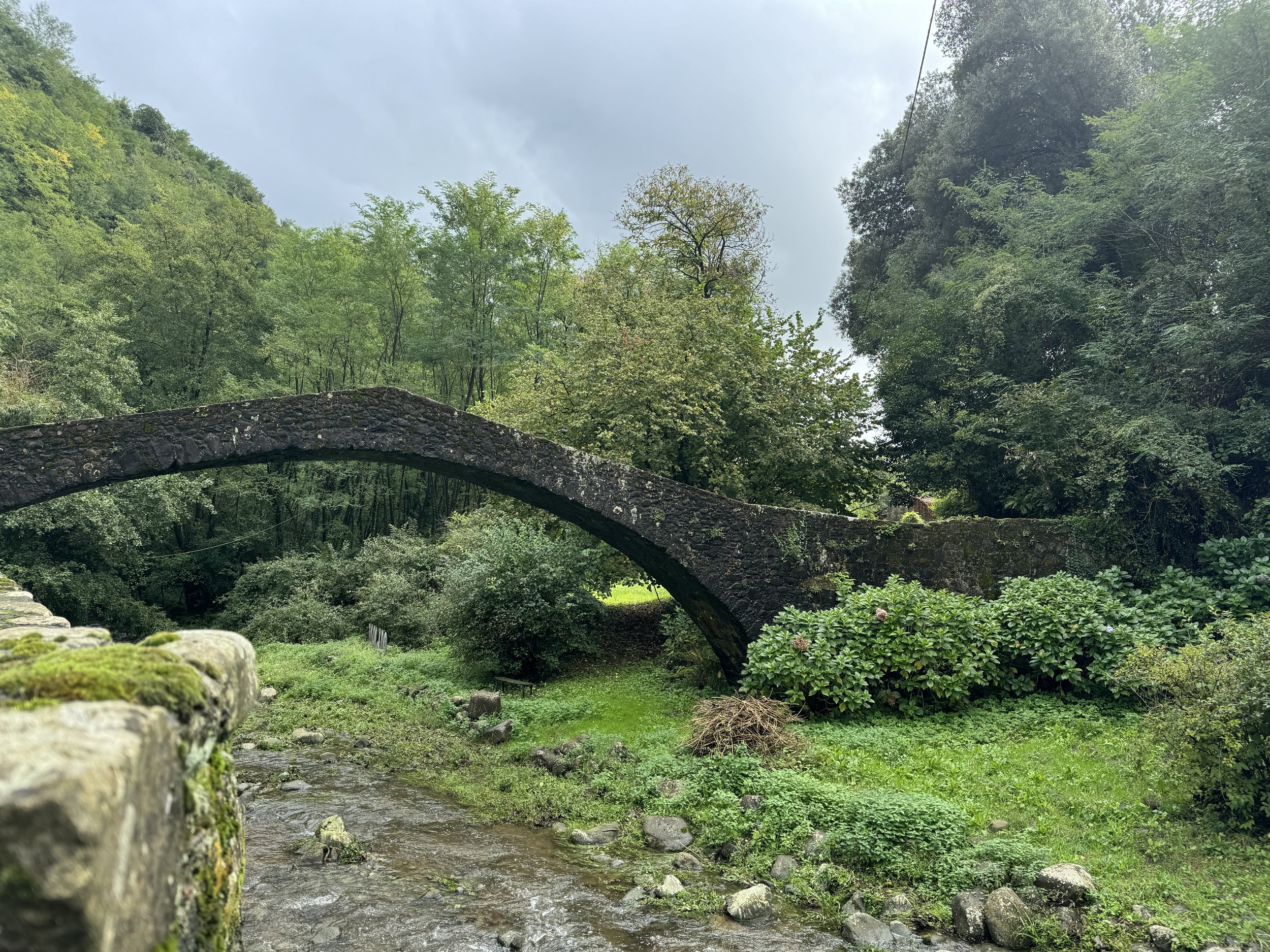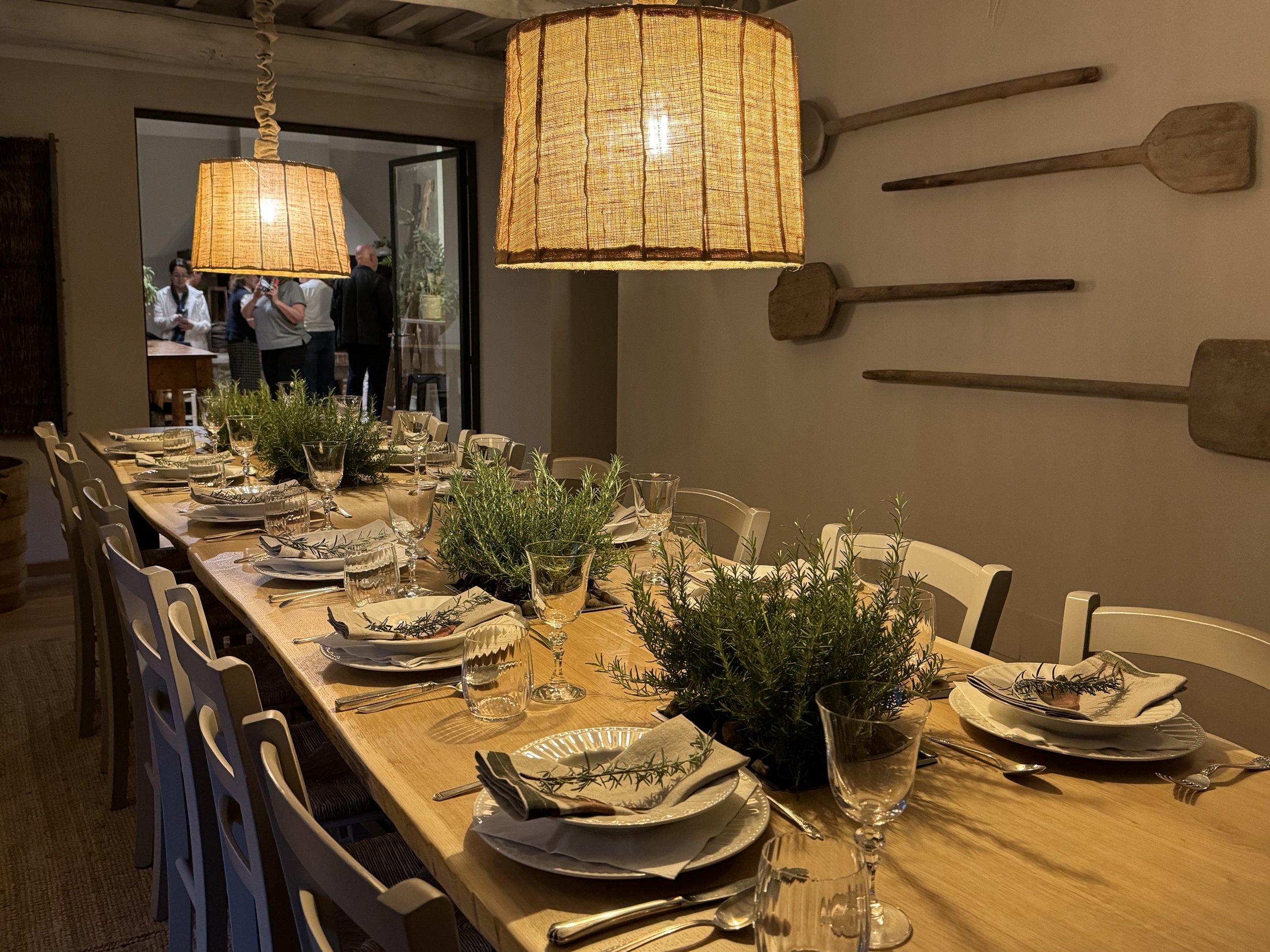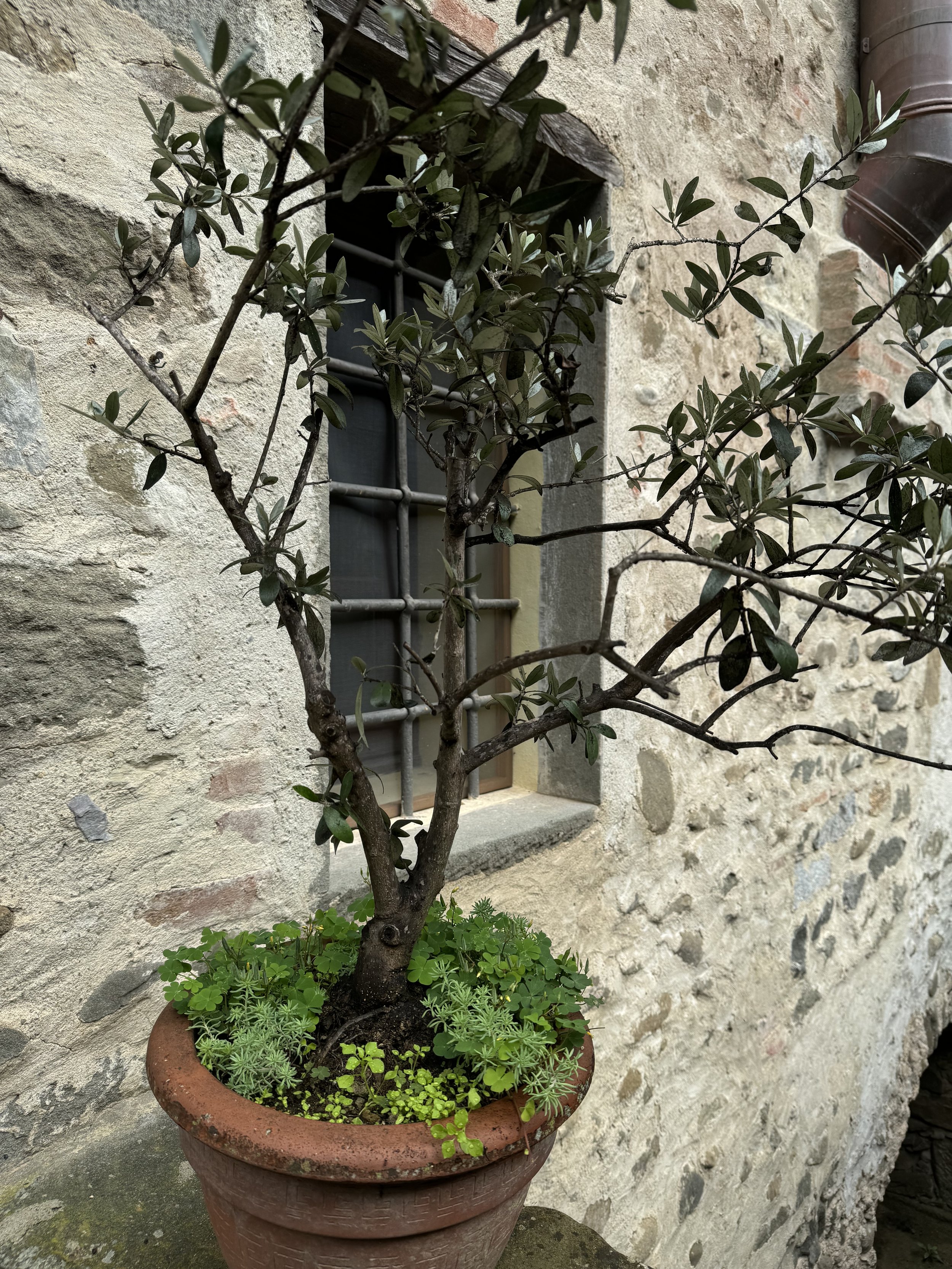Rue des Teinturiers in Avignon
Last week’s post began a walk through the charming city of Avignon in France’s Provence region. This week, let’s continue walking, this time along my favorite street in Avignon, the Rue des Teinturiers. The walk begins not far from the Les Halles market, after crossing Rue des Lices, and ambles towards the old city walls.
Teinturier is French for dyer, the Rue des Teinturiers is the Street of the Dyers. This cobblestone street, which runs along a small branch of the river Sorgue, is a mix of 21st century artistic, hippy vibe and the lingering spirt of the historic cloth guilds that were a big part of Avignon’s economic life in the 15th through 18th centuries. The canal provided the water source needed for dyeing silk in the 15th century and dyeing brightly colored cotton fabrics in later centuries.
One of the few remaining water wheels along the canal
The streets here are cobblestone, the large Sycamore trees create shade, and the old buildings and stone walls add to the sense of this being a different city and a different time from the rest of Avignon. The last vestiges of the dyers are evident in the 4 water wheels that remain along the canal (once upon a time there were 23). The mechanisms of the waterwheels are fascinating and almost seem like art.
The ruins of the Convent of the Cordeliers, with just the bell tower standing.
A walk here begins at Rue des Lices, crossing over to the start of Rue des Teinturiers. Here the ruins of a bell tower is all that remains of the Convent of the Cordeliers.
Further down the street is the Chapelle des Pénitents Gris (Chapel of the Grey Prenitents). The oldest part of the chapel dates from 1631 with additions ongoing through the 18th century.
The Order of the Grey Penitents is even older than the chapel, established in the early 1200’s by King Louis VIII.
Famous for a miracle that occurred during the floods of 1433, today the chapel is still used to celebrate that miracle and for religious services. Enjoy the chapel from the street; the interior is only open during worship times.
The Chapel of the Grey Penitents
All along the Rue des Teinturiers are cafes, restaurants, galleries, and shops. Sitting stream side with a cup of coffee and gazing at the old waterwheels provides a peaceful break from the busier parts of Avignon. The exception is in July when the theater festival brings lots of people to this tucked away part of the city.
Along the street, the old buildings have interesting windows and doors. The small homes sit across the stream, reached by little bridges.
There are also a series of carved stone pieces along the street. These are not ancient symbols but more recent carvings by local sculptors. Meant as parking stops, they make for fun viewing and in a pinch can serve as a low bench.
The walk ends at a busy street near the old city walls. Best to turn around and walk again down the Rue des Teinturiers, headed back toward the center of Avignon.
You’ll be sure to spot some things you missed earlier!
Can you spot this creature above one of the shops along Rue des Teinturiers?


















































